|
Recently, we took our 1 1/2 years old toddler on his first flight. Before, the trip we backed his little suitcase full of activities: a water coloring book, finger puppets, books, stickers, and toy cars. My husband loaded up some YouTube videos we knew he would like.
But, we didn't need those things. With some positive parenting tips, including, preparing him for the flight, and this one last-minute buy, we were all set!
What is the one thing?
A couple days before the flight, I was scrolling Instagram and saw one mom post about window gel clings and how her toddlers kept busy for hours playing window grab at home.
I even did an Instagram story Q & A, and my cousin suggested window gel clings. I thought that they would be perfect for the plane. I hurried to Target, and there were a ton of Halloween themed ones for only $1.
Did they work?
They worked better than expected. My son played with them, and only them, for almost all four plane rides.
He loved putting them on and taking them off. Plus, the Halloween themed gel clings were a hit because we had been talking about Halloween and seeing Halloween decorations out and about. Granted these were only $1, so we had to throw them out when we got home because they had fallen apart and were dirty, but well worth it.
How else can you use them
With the holidays coming up, you can use them on road trips or to entertain toddlers at family gatherings.
They are great if you have to cook dinner and need something to keep your toddler occupied. You can do storyboards with them, practice the ABCs or numbers, and teach about holidays, animals, transportation, etc.
0 Comments
This article contains affiliate links at no extra cost to you.
I think we can all admit that we could stand to use more happiness in our lives right now. Our students could use it more than ever.
With the last semester spent on remote learning and secluded from their friends and with the upcoming school year looking to be anything but normal, we need to start thinking about how to address their happiness. Discovery Education has a great video about the 6 Key Components to Happiness, but here is a break down of the components and a few mini lessons to go with it.
1. Mindfulness
Our brains can move a mile a minute and jump from one thought to the next. Rarely, do we stop to just breathe and take those deep breaths that fill our lungs up with air and settle our minds. Our students can have a lot of fears, anxieties, and stressors affecting their lives right now. Starting the class with a mindfulness activity can set the mood for the remainder of the class and even the whole day. Take 5-10 minutes to practice breathing exercises or to do a guided meditation (check out this list of Great Apps and Websites for Movement and Mindfulness in the Classroom). Remind students that, like anything else, mindfulness takes practice. The first try they might find their minds wondering for four out of the five minutes. That’s okay. Tell them to allow those thoughts to creep in. Acknowledge them and then send them off on a drifting cloud. The key is to build a habit of this. Implement it into your lessons 2-3 days a week. You will start to see results in your students’ attitudes and demeanor.
2. Gratitude
Research has found that people who practice gratitude are overall kinder humans, have stronger immune systems, and even sleep better. Some easy ways to incorporate gratitude into your classroom is to have a Thankfulness Wall. Give students post-its and have them write two things for which they are thankful. Have them stick it on the wall. Maybe on Fridays, students can share aloud if they want to. You can even just keep a pile of post-its near the wall and encourage students, whenever they are feeling thankful, to write it down and post on the wall. Another gratitude activity is to do thank you texts. At random times, tell students to take out their phones (or if they don’t have devices, a piece of paper) and send a text to someone telling him or her that they are thankful for them. Furthermore, students can start a gratitude journal and use it as a warm-up. They can list four things they are thankful for and why. That idea is a great way to get students in the right mindset for teaching and learning.
3. Positive Outlook
A positive outlook is very much associated with gratitude. The more gratitude you express, the more your outlook switches to a positive one. The Mayo Clinic lists some ways to change negative thinking to positive thinking. A good idea for the classroom is to hang an anchor chart of negative self-talk on one side and then how to change it to positive self-talk on the other side. In addition, get students journaling on what is going well in their lives. A lot of times students focus a lot on the negative and drama in their lives but neglect to realize all of the positive in their lives. Invite students to share those good things more.
4. Generosity Generosity is all about science! When we help other people, our brains release oxytocin which naturally puts us in a good mood.
Generosity can be as simple as giving someone a compliment or holding a door open to as complex as building houses for other people. The possibilities are endless. Teachers can give students a generosity bingo card and have students try to fill out as many as they can. Classrooms can do a 30-day Generosity Challenge with a new act of kindness a day. Even still, classes can take on a class project for the semester in which everyone works together to do an act of good deeds. Some ideas include:
5. Human Connection
The human connection piece is so important. Even the most introvert of persons still wants to feel included and involved with other people. With social distances and the cancelation and shut-downs of many places, teachers have to get creative. Some ideas include:
6. Sense of Purpose
Lastly, we all like feeling like we matter. We want our lives to have meaning. Give students opportunities to explore their potential, showcase their strengths, and foster their talents. Do career-inventories. Do personality tests. Show them what kinds of jobs they can have. Highlight what they are good at doing by giving them that role in a group project. Take them to career and college fairs. Show them that they matter because they do. I hope these help move your students along to happiness.
We all know the toddler years can be full of fits, frustration, and total meltdowns. We even have terms coined terms for these years - The Terrible Twos and Threenanger.
But despair not, parents, not every day has to be a temper tantrum nightmare. I have 5 positive parenting tips to make your AND your toddler's day a little bit easier
1. Prepare for what's coming
Some of the links in this post are affiliate links. This means if you click on the link and purchase the item, I will receive an affiliate commission at no extra cost to you. All opinions remain my own.
Recently, we had to give our son some iron drops. The first time we did it, it was awful. It ended in a lot of tears. We had to force the drops down his throat, and I felt so bad.
The second time we did it, we snuck it into his milk, but he wasn't born yesterday. He knew the milk tasted funky, and he refused to drink milk for a couple of days. The third day, I realized what we did wrong. We didn't prepare him for what was to come. So, I sat him down and showed him a video with kids taking medicine. I let him hold the medicine bottle and dropper. I talked in simple to understand language about taking medicine. Guess what? It worked wonderfully! In fact, now he loves taking his medicine. I still cheer every time he does it because it makes him so happy. Prepare your toddler for what is to come. Doctor visits, dentist appointments, an airplane flight, Sunday church, etc. Board Certified Behavior Analyst, Michelle Tangeman, agrees. Setting clear expectations in any given situation. Before walking into a situation that might possibly trigger behaviors in your toddler, do your best to set very clear expectations on what they can and cannot do, and follow it up with some reward if they follow your instructions! (Wilde, Koegel, & Koegel, 1992)
2. Gossip about Your toddler within earshot
While getting our son to take his medicine, I would gossip to his stuffed animal, Prayer Bear, every night before bed.
I would say, "Guess what Henry did today, Prayer Bear? He took his medicine! He is such a big boy! I was so proud!" I would exaggeratedly whisper this loudly to his little bear making sure Henry heard me. He would beam and get excited! Toddlers love this when they "catch" their parents gossiping about how good they have been. Read more about gossiping in depth here
3. Set a timer
Toddler's have no concept of time, so they need a visual or auditory cue for when something is about to start or end.
Either use the timer on your phone and give it a fun name like Mr. Dinger or buy a sand one and then set it to go off to let your toddler know when an activity is finished. Use a timer for
4. Play the fool
Toddlers don't get a lot of wins in their day. Mom and Dad are constantly telling them what they can and cannot do. Toddlers need a win. It builds confidence and improves their self esteem.
What to do? Play the fool. Or, as Dr. Harvey Karp calls it, play the boob. How do you do this? It's simple. Make a silly mistake over and over and then let your toddler be the one to correct you. "Does your shoe go on your head? No? Silly, Mommy!" "Where's Henry? Is he under the block? No! Is he behind the pillow? No! Where could he be?" Your toddler will be grinning in no time at how much smarter he is than Mommy or Daddy.
5. Practice patience
Toddlers have no concept of what it means to be patient or wait. To set them up for success and prevent fewer tantrums, start practicing building up their patience in this practice of patience stretching.
When they want something, act like you are going to give it to them, but then at the last second slap your forehead and say, "Oh wait, Mommy forgot something. She will be right back. Wait. Wait Wait." Usually, I throw the sign language in for "wait" too. Then, I turn my back on my son and count to 5. After counting, I turn back around and give my son what he wants and applaud him for his "good waiting." Gradually, I work up to 10 seconds of waiting. This might sound cruel to you, but this is actually teaching your toddler how to be patient for those times when you really can't be at his or her beck and call. If she gets frustrated during this time, teach her how to take "Magic Breaths" to make the waiting easier.
Hope these tips help! Leave some of your positive parenting strategies in the comments. And subscribe to get more positive parenting and sleep strategies.
Buy Dr. Karp's book to get more positive parenting strategies.
I go into depth on 70+ strategies that you can try with your child that have been proven to work in my parenting guide Now What? Mindful Parenting Checklists for Life's Hard Moments . You can try Module 5 for free below.
*Module 1: My Child Won’t Listen (Greenlight Behavior). Now What? *Module 2: My Child Is Whining (Yellow Light Behavior). Now What? *Module 3: My Child is Hitting, Kicking, Biting, Throwing (Redlight Behavior). Now What? *Module 4: My Child Won’t Go to Bed. Now What? *Module 5: My Child is in the Middle of a Tantrum. Now What? *Module 6: My Child Won’t Eat. Now What? *Module 7: My Child is Scared/Anxious. Now What? *Module 8: My Child Prefers One Parent. Now What? *Module 9: My Child Gives Up Easily. Now What? *Module 10: My Child Won’t Play Independently. Now What? *Bonus Module: Some Thoughts on Screen Time
|
Categories
All
|
Proudly powered by Weebly


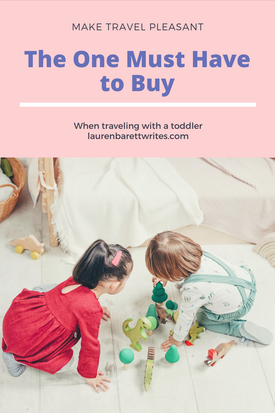






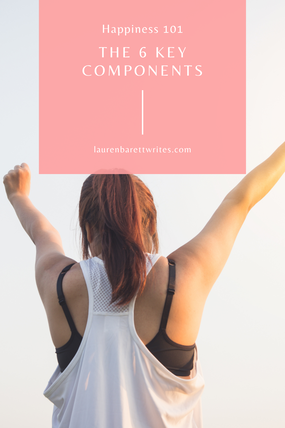
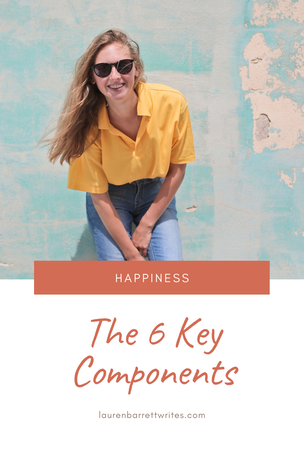
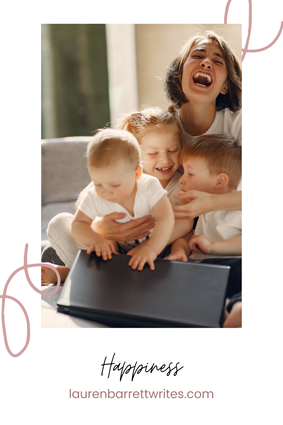
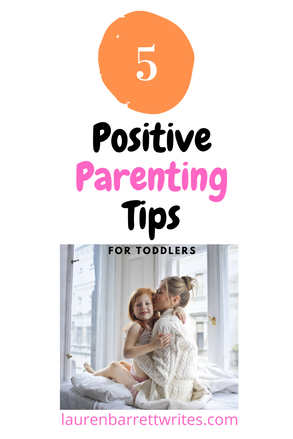

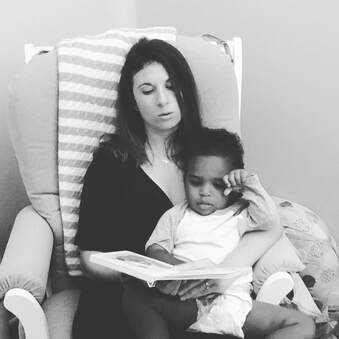
 RSS Feed
RSS Feed